Susan provides several tips for getting the most out of our grammar curriculum, Grammar for the Well-Trained Mind.
Check out our other videos for Grammar for the Well-Trained Mind: Introducing Grammar for the Well-Trained Mind and A Sample Lesson from Grammar for the Well-Trained Mind.
Want to dive in? Here is the first six weeks for free!
Transcript:
I’m Susan Wise Bauer and I want to give you a few teaching tips to help you get the most out of our new program, Grammar for the Well-Trained Mind. This is a very thorough, very complete program. It takes students from nouns — a noun is the name of a person, place, thing, or idea, the most basic grammar rule that there is — all the way through complex sentence structure. And because there’s a great deal of material that’s covered in each year of the program, I want to give you some idea of how to teach it in a way that will avoid frustration, avoid boredom and, above all, avoid tears. We don’t want to have any tears.
Here’s the first thing. When you go through this program, you basically will cover the same material during each of the four years. That repetition is incredibly important. It also means that you shouldn’t expect the student to get it perfectly the first time through. Don’t expect students to master the material the first time through. Don’t expect them to even completely understand every principle, particularly the more complicated ones. You have to be willing to accept some imperfect learning the first time through. The repetition and the practice are what will eventually bring clarity to the student. Accept initial confusion as a natural part of learning, especially the more advanced concepts. Give all help needed, move on. You’re going to circle back around to it again. You don’t have to master it the first time through. So don’t expect perfect learning, that’s the first tip.
Second, this is not a test. Always prompt the student if the student is confused. A learning process means that you give as much help as necessary. You never try to trick the student. You never force the student to come up with an answer, any answer. Prompt them, number two.
Number three, if you’re using the course, you’ll discover that about halfway through from about Week 19, we’d say, “Ask the student to read the answer out loud.” Don’t let them skip this. Okay? Even if they don’t want to do it, they have to read out loud. Reading your own work out loud is a major, major skill when you’re writing and editing your own work. Make them read it out loud. Don’t let them read it silently. That is not an okay shortcut.
Four, the program is set up to be 36 weeks, with 4 days of work per week. Take as long as you want. If a lesson gets long, finish it the next day. If a lesson goes really quickly, you could do two. Remember that you don’t have to finish the entire book the first year. If you go with the student’s natural learning pace and you only get up to Week 20, that’s fine. The next year, go back and start again at Week 1. The earlier weeks will go so much more quickly the second time through that you’ll then be able to spend more time on the more difficult concepts at the end of the book. So you set the pace. Don’t be driven by the setup of the textbook to do more per day than you want to.
Next, remember this. The first time you go through the book, you want to ask the student to complete every part of every exercise. But in subsequent years, the student doesn’t have to do all the exercises. If you go over a concept and it’s clear that they remember it perfectly well from the previous year, skip the exercise and go on. Adjust the workload to fit the student’s understanding. The better they understand, the fewer exercises they need to do.
Final thing, we have diagramming in this book. Diagramming is a fantastic tool for learning grammar because it allows you to draw a picture of the logical relationships between the parts of the sentence. Diagramming is also not an exact science. So first of all, when the student is diagramming, give them every help possible. Don’t let them struggle on and get frustrated. If they can’t figure out how to diagram part of the sentence, use the key, explain it, let them look at the answer, and then move on. But even more than this, if they can figure out the way to diagram the sentence that maybe it doesn’t exactly match what we have in the book, as long as they can explain why they’ve made the choices that they have, then you can let them choose a different way to diagram. Diagramming is a tool. It’s not a test.
Just to come back to what I started with, your whole experience with this program will be better if you remember that it is a learning process. It is not something that the student has to master perfectly and get A’s on all their exercises and tests. Take your time, work through the program, give as much help as necessary.
Recommended Products
-
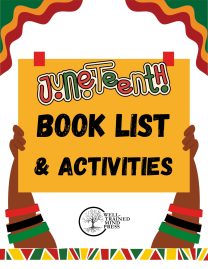
Juneteenth Booklist & Activities
0 out of 5$0.00 Add to cart -
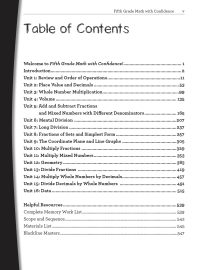
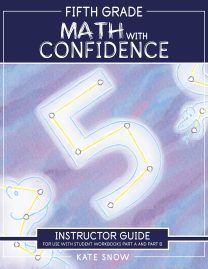
Fifth Grade Math with Confidence Instructor Guide
0 out of 5Starting at:$36.95Original price was: $36.95.$27.71Current price is: $27.71. Select options -
Sale!

Hansel & Gretel and Other Stories: Downloadable MP3
0 out of 5$12.95Original price was: $12.95.$8.42Current price is: $8.42. Add to cart -
Sale!

Dorothy and the Wizard in Oz: Downloadable MP3
0 out of 5$25.95Original price was: $25.95.$16.87Current price is: $16.87. Add to cart -
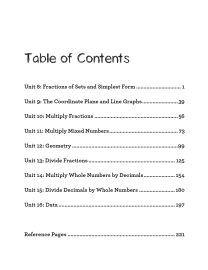 Sale!
Sale!
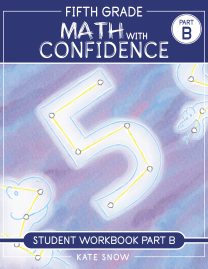
Fifth Grade Math with Confidence Student Workbook B
0 out of 5$16.46 – $21.56 Select options This product has multiple variants. The options may be chosen on the product page -
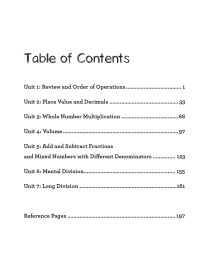 Sale!
Sale!
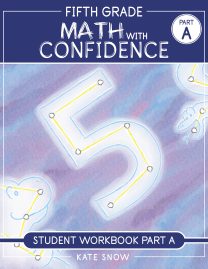
Fifth Grade Math with Confidence Student Workbook A
0 out of 5$16.46 – $21.56 Select options This product has multiple variants. The options may be chosen on the product page
ABOUT THE AUTHOR
Well-Trained Mind Press Staff
Join over 100,000 homeschooling families
For the latest offers, educational insights, products and more.
By joining you agree to our privacy policy.









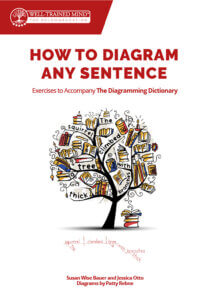




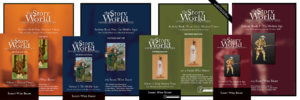


13 thoughts on “Teaching Tips for Grammar for the Well-Trained Mind”
Hi, Does this replace First Language Lessons? Or how do the two correlate? Thank you!
And thank you for your tips! They’re very, very freeing.
You’re welcome! This program doesn’t replace First Language Lessons…it is the next stage after First Language Lessons. FLL is for early elementary. GFTWTM is for 5th grade and up.
It is available now! https://welltrainedmind.com/c/language-arts/grammar/intermediate-grammar/
I’m a little confused…which color comes first, red or purple? Thank you!
Sorry for the confusion! You can use them in any order. They repeat the same lessons/concepts from the Core Instructor Text, but with different exercises and practice sentences to practice the skills and concepts that are being taught.
Hello,
I have a couple questions about the grammar curriculum. If I don’t finish in a year and continue next year I have to repeat the early lessons- what about the exercises? Since they were done already do I need another workbook?
Also, how would I grade this course?
When you continue next year you don’t need to repeat the early exercises; just review the content to make sure the student remembers it. For the grading: there are lots of ways to do it. When we teach this curriculum in our online academy, we do weekly assignments and diagrams, using the book’s exercises. Then we do a quiz every few weeks using a selection of sentences from the lessons, and give a grade on that. We also do a midterm exam and a final exam, largely drawn from the review sections.
Hello, I am an Essentials tutor at CC – and yet I love Well Trained Mind –
Can you tell me how this compares with the CC Essentials of English language program?
I am potentially considering this for my younger 2 children.
I love your FLL and we have all of them and your Writing with Ease
Thank you in advance.
Blessed Homeschool Mom
We’re not familiar enough with the CC Essentials of English program to offer a thorough comparison between it and our program. You may want to ask on the Well-Trained Mind forums, where there are thousands of parents who use WTM, CC, and a variety of other grammar programs. http://www.forums.welltrainedmind.com.
I have completed FLL 2 and am working through 3 right now with my children ages 6, 9, and 11. We have enjoyed the format and they are absorbing the information so much better because we are all doing it together. I want to try to continue this format, but am wondering if I can skip FLL 4 and move on to GFWTM level 1, so the two older children are working closer to grade level. Would this cause frustration because there is too big of a jump between levels?
We would not recommend skipping FLL 4. GFTWTM is pretty rigorous, and there is plenty of time for your older children to get into it after another year of FLL.
Hello,
I’ve been using LL for my younger children, and have done two rounds of Grammar for the Well Trained Mind with my oldest.
My daughter will be starting Grammar for the Well Trained Mind this coming year. What is the best way to teach them? Should I teach them both together/separately? Could my oldest lead my daughter in it, or is that too much responsibility? Should they have the same color workbook, or different? Etc. Any input would be greatly appreciated.
(As it is, I spend a long amount of time with my son on Grammar, and him doing the exercises, so I would like to do them both together. But I don’t know if it would be better to give them individualized instruction.)
We would suggest teaching them both together. For this subject, which can be difficult, it likely would not work well to have the older try to teach the younger one.